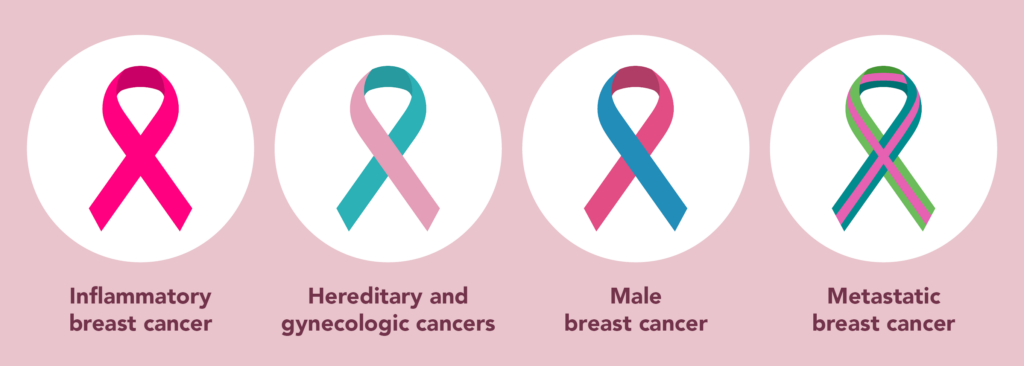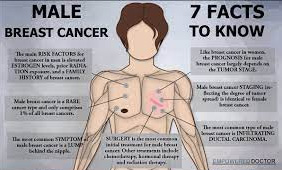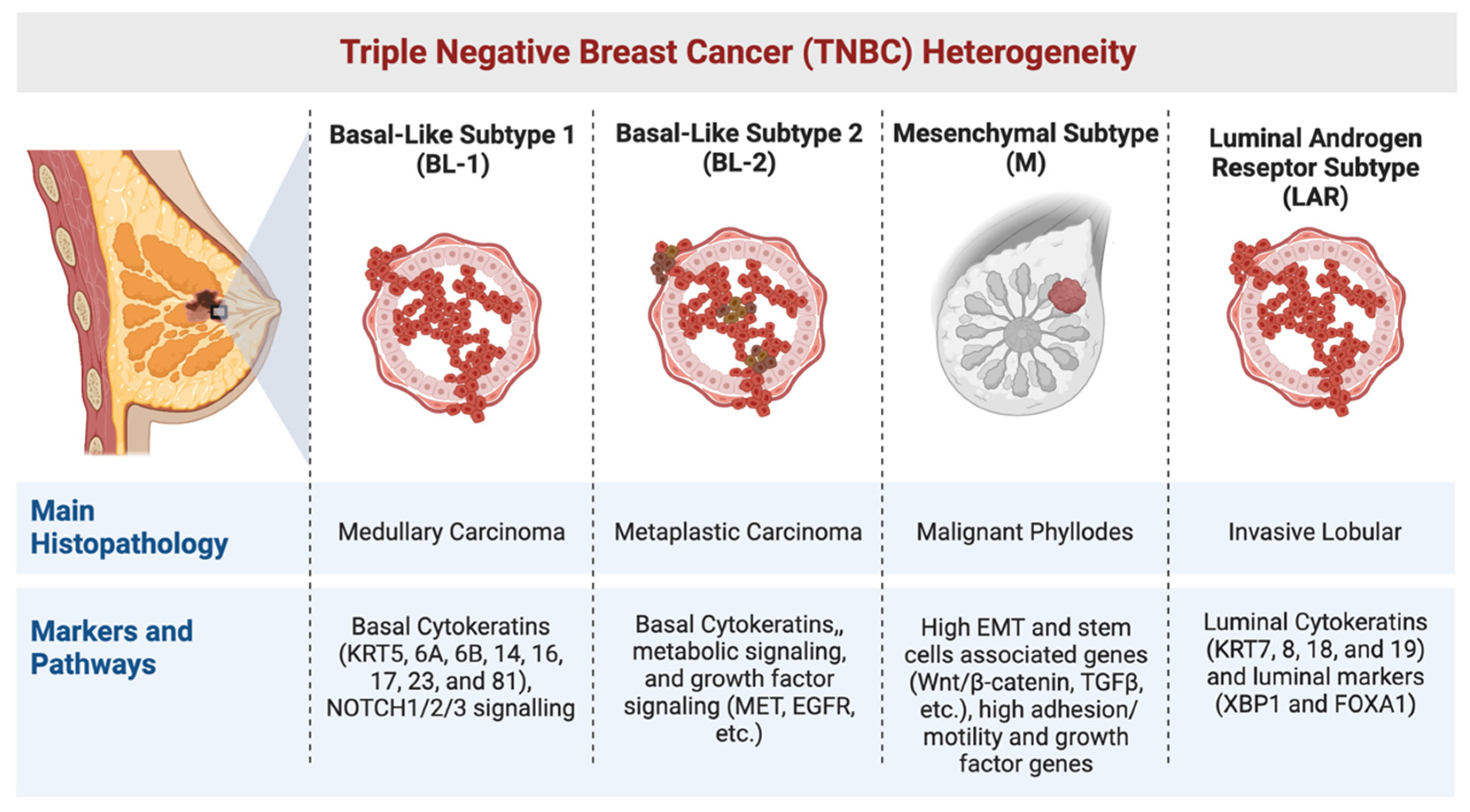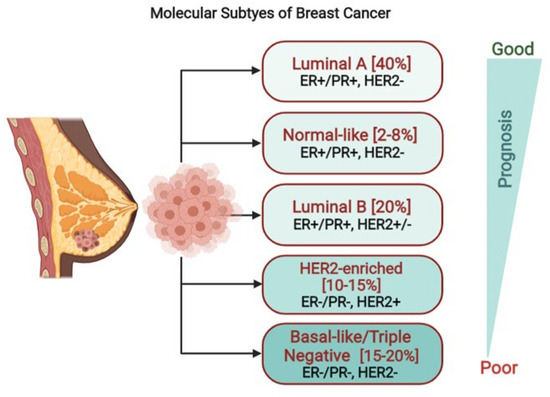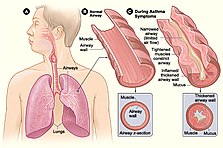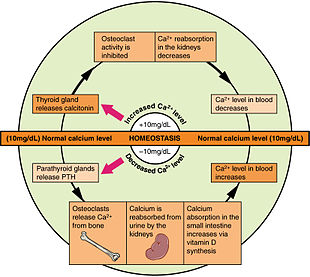We quote here the study of wikipedia for comparative reference
Metastatic breast cancer, also referred to as metastases, advanced breast cancer, secondary tumors, secondaries or stage IV breast cancer, is a stage of breast cancer where the breast cancer cells have spread to distant sites beyond the axillary lymph nodes. There is no cure for metastatic breast cancer;[1] there is no stage after IV.
Metastases can occur several years after the primary breast cancer, although it is sometimes diagnosed at the same time as the primary breast cancer or, rarely, before the primary breast cancer has been diagnosed.[2]
Metastatic breast cancer cells frequently differ from the preceding primary breast cancer in properties such as receptor status. The cells have often developed resistance to several lines of previous treatment and have acquired special properties that permit them to metastasize to distant sites. Metastatic breast cancer can be treated, sometimes for many years, but it cannot be cured.[2] Distant metastases are the cause of about 90% of deaths due to breast cancer.[3]
Breast cancer can metastasize anywhere in body but primarily metastasizes to the bone, lungs, regional lymph nodes, liver and brain, with the most common site being the bone.[4] Treatment of metastatic breast cancer depends on location of the metastatic tumors and includes surgery, radiation, chemotherapy, biological, and hormonal therapy.[5]
Typical environmental barriers in a metastatic event include physical (a basement membrane), chemical (reactive oxygen species or ROS, hypoxia and low pH) and biological (immune surveillance, inhibitory cytokines and regulatory extra-cellular matrix (ECM) peptides) components.[6] Organ-specific anatomic considerations also influence metastasis; these include blood-flow patterns from the primary tumor and the homing ability of cancer cells to certain tissues. The targeting by cancer cells of specific organs is probably regulated by chemo-attractant factors and adhesion molecules produced by the target organ, along with cell-surface receptors expressed by the tumor cells.

:max_bytes(150000):strip_icc()/breast-cancer-staging-stage-zero-429887-color-V1-2ab0aa1e60564c1c9f913ad037642990.png)

